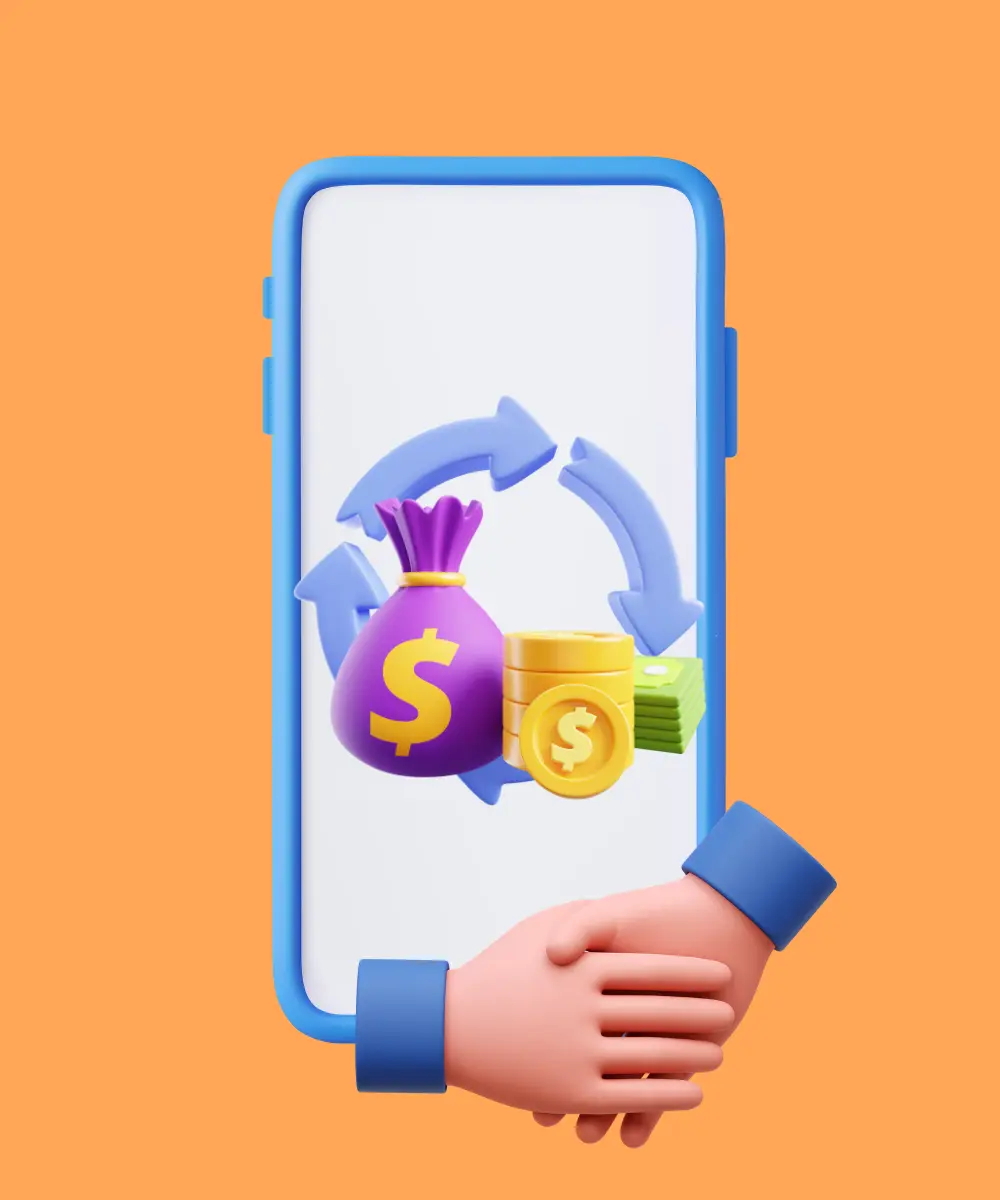In the digital age, the rise of marketplace apps has revolutionized how we buy, sell, and exchange goods and services. With the global marketplace at our fingertips, businesses and consumers alike are navigating a new era of commerce. "What the Flutter," as a frontrunner in mobile app development, brings you a comprehensive guide on marketplace development, tailored to the dynamic landscape of 2024. This guide aims to demystify the process of creating a successful marketplace app, from understanding the current marketplace app landscape to estimating the cost of development.
Marketplace App Landscape in 2024
As we navigate through 2024, the marketplace app sector continues to burgeon, driven by technological innovations, changing consumer behaviors, and an ever-expanding digital economy. This year, the global marketplace platform market is projected to reach unprecedented heights, with significant contributions from both developed and emerging economies.
Market size and growth
- Global reach: The global marketplace platform market, valued at approximately $1.5 trillion in 2023, is expected to soar to over $2 trillion by 2025, marking a compound annual growth rate (CAGR) of around 20%. This growth is fueled by the increasing adoption of mobile devices, improved internet access, and the convenience offered by these platforms.
- User penetration: User penetration in the mobile marketplace app segment is on a steep incline, with projections indicating that by the end of 2024, over 3 billion users will have engaged with marketplace apps. This represents a significant jump from previous years, highlighting the growing reliance on digital platforms for buying and selling goods and services.
Technological trends
- AI and ML: AI and ML integration in marketplace apps has become the norm rather than the exception. These technologies are being leveraged for personalized shopping experiences, predictive analytics, and efficient operations management. In 2024, over 70% of marketplace platforms are expected to utilize AI for customer service and recommendation systems.
- Blockchain for security and trust: Blockchain technology is increasingly being adopted by marketplace apps to enhance security, provide transparent transactions, and build trust among users. It's estimated that blockchain will reduce fraudulent transactions in marketplace platforms by up to 30% in 2024.
- AR for enhanced shopping experiences: AR is transforming the shopping experience on marketplace apps by allowing users to visualize products in their environment before making a purchase. This year, AR adoption in marketplace apps is expected to increase by 40%, significantly impacting consumer decision-making processes.

Benefits of Marketplace App for Business
Marketplace apps have emerged as a game-changer for businesses, offering a multitude of benefits that extend beyond mere sales. These platforms not only open up new revenue streams but also enhance customer engagement, streamline operations, and provide valuable insights into market trends.
- Global market access: Marketplace apps eliminate geographical barriers, enabling businesses to showcase their products and services to a global audience. This expanded reach significantly increases the potential customer base, driving higher sales volumes and brand visibility across international markets.
- Cost-effective scaling: Launching and scaling on a marketplace app can be more cost-effective compared to traditional e-commerce or brick-and-mortar approaches. The shared platform model often results in lower marketing expenses, reduced need for physical infrastructure, and minimized operational overheads, allowing businesses to allocate resources more efficiently.
- Enhanced customer insights: Marketplace platforms provide businesses with access to a wealth of customer data, including purchasing behaviors, preferences, and feedback. Leveraging analytics tools, businesses can gain actionable insights to tailor their offerings, improve customer experience, and make informed strategic decisions.
- Increased trust and credibility: Businesses benefit from the established trust and credibility of the marketplace platform. Customers are more likely to purchase from new or unknown brands within a trusted marketplace environment, providing an invaluable boost to emerging businesses looking to build their reputation.
- Diverse revenue streams: Marketplace apps offer various revenue models, including listing fees, commissions, subscription services, and advertising opportunities. This diversity allows businesses to explore multiple streams of income, optimizing their revenue generation strategies according to their specific products or services.
- Rapid market entry and product testing: Launching products or services on a marketplace app allows businesses to enter the market quickly and with minimal upfront investment. It also provides an excellent opportunity for testing new products, pricing strategies, and markets with immediate feedback, enabling agile adjustments and innovation.
Types of Marketplace Apps
Marketplace apps have revolutionized the way we buy, sell, and exchange goods and services. With their rise, a variety of models have emerged, each serving distinct market niches and customer preferences. Here's an in-depth look at some of the key types of marketplace apps thriving in 2024:
E-commerce marketplaces
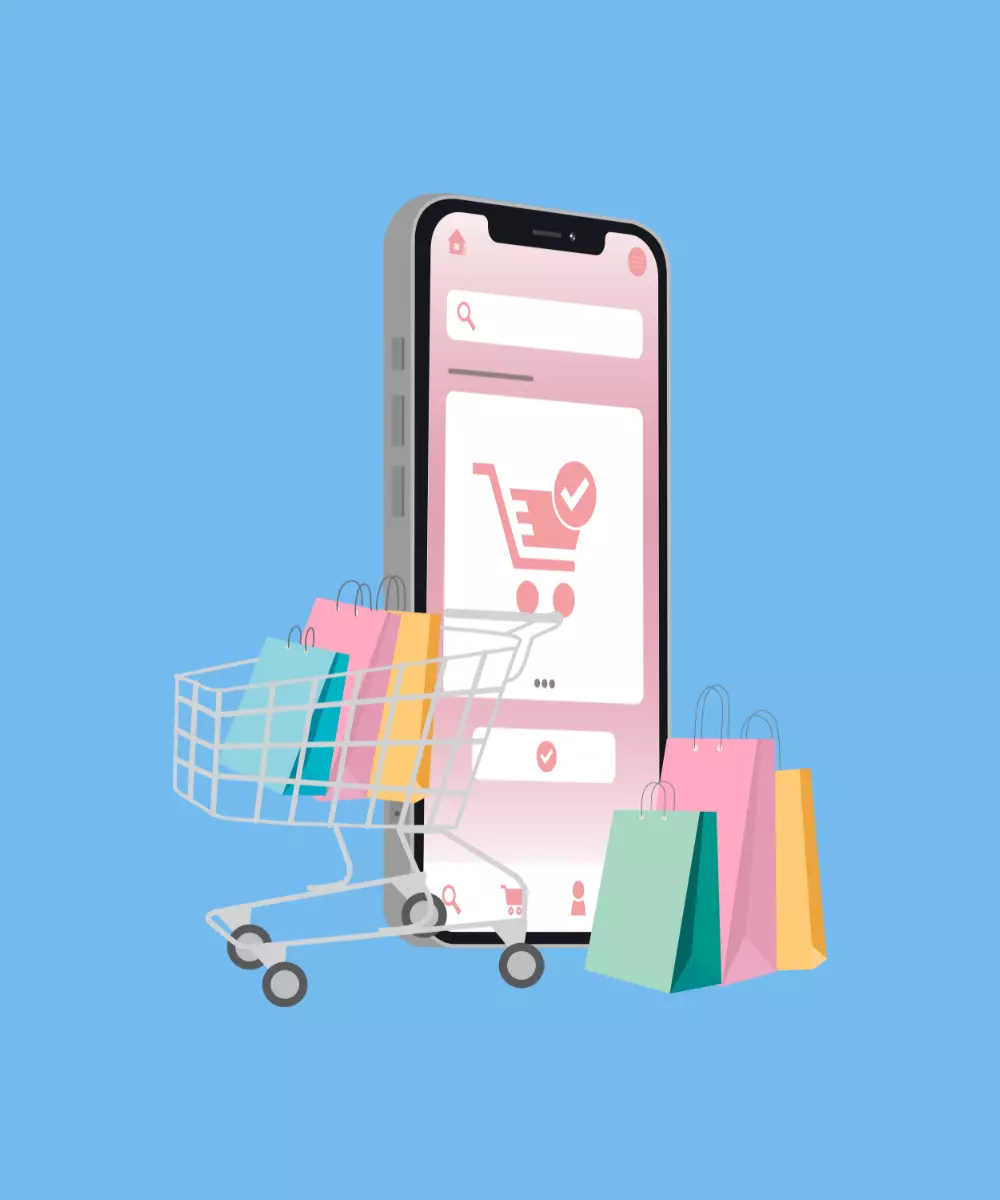
- Examples: Amazon, eBay, and Alibaba.
- Overview: The giants of the marketplace world, e-commerce marketplaces offer a wide range of products from various sellers, encompassing both B2C and B2B models. They excel in providing customers with diverse options, competitive pricing, and convenience.
- Key features: These platforms typically feature advanced search and filter options, customer reviews, secure payment gateways, and logistics integration for shipping and tracking.
Service-oriented marketplaces
- Examples: Upwork, TaskRabbit, and Thumbtack.
- Overview: Connecting service providers with those in need of services, these marketplaces cover a broad spectrum from freelance work (like writing and graphic design) to home services (such as cleaning and repairs).
- Key features: Features include profile pages for service providers, rating and review systems, secure messaging platforms, and escrow payment systems to ensure transactions are completed satisfactorily.
Peer-to-Peer (P2P) marketplaces
- Examples: Airbnb, Turo, and Poshmark.
- Overview: P2P marketplaces facilitate transactions between individuals for goods and services, including short-term rentals, car sharing, and second-hand goods. They emphasize community trust and user-generated content.
- Key features: Trust and safety features are paramount, including verified profiles, user reviews, secure payment processing, and dispute resolution mechanisms.
Vertical and niche marketplaces
- Examples: Etsy, Reverb, and Vinted.
- Overview: These marketplaces focus on specific industries, hobbies, or product categories, offering a curated selection that appeals to targeted customer segments. They provide a platform for artisans, collectors, and enthusiasts to find or sell specialized items.
- Key features: Customized search and categorization tools tailored to the niche, community engagement features like forums or blogs, and seller tools designed for small businesses or individual entrepreneurs.
On-demand marketplaces
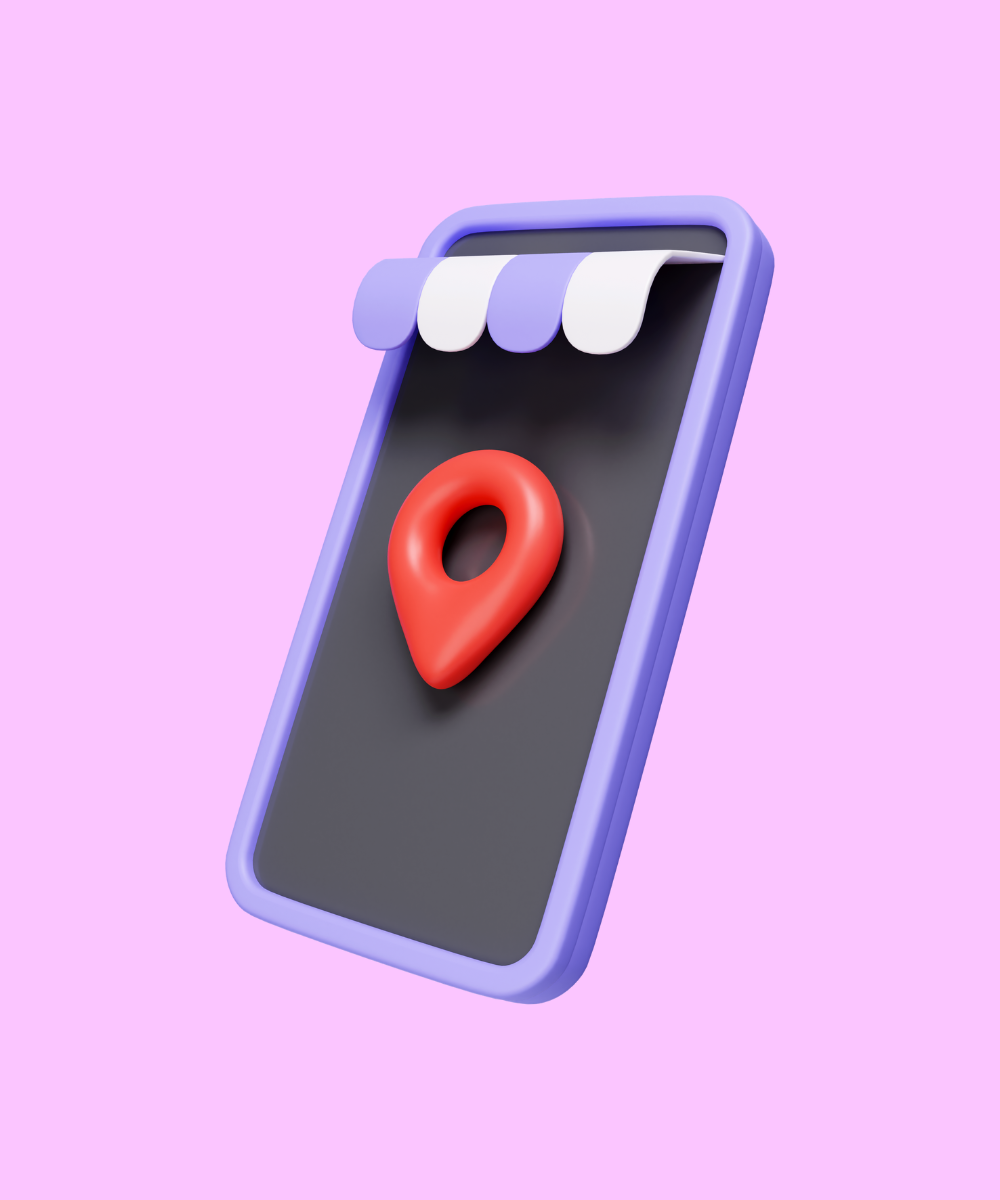
- Examples: Uber, DoorDash, and Instacart.
- Overview: Characterized by immediate or scheduled service delivery, on-demand marketplaces meet real-time needs for transportation, food delivery, and other convenience services.
- Key features: Real-time tracking, dynamic pricing, mobile-first design, and integrated payment systems are crucial for the success of these platforms.
B2B marketplaces
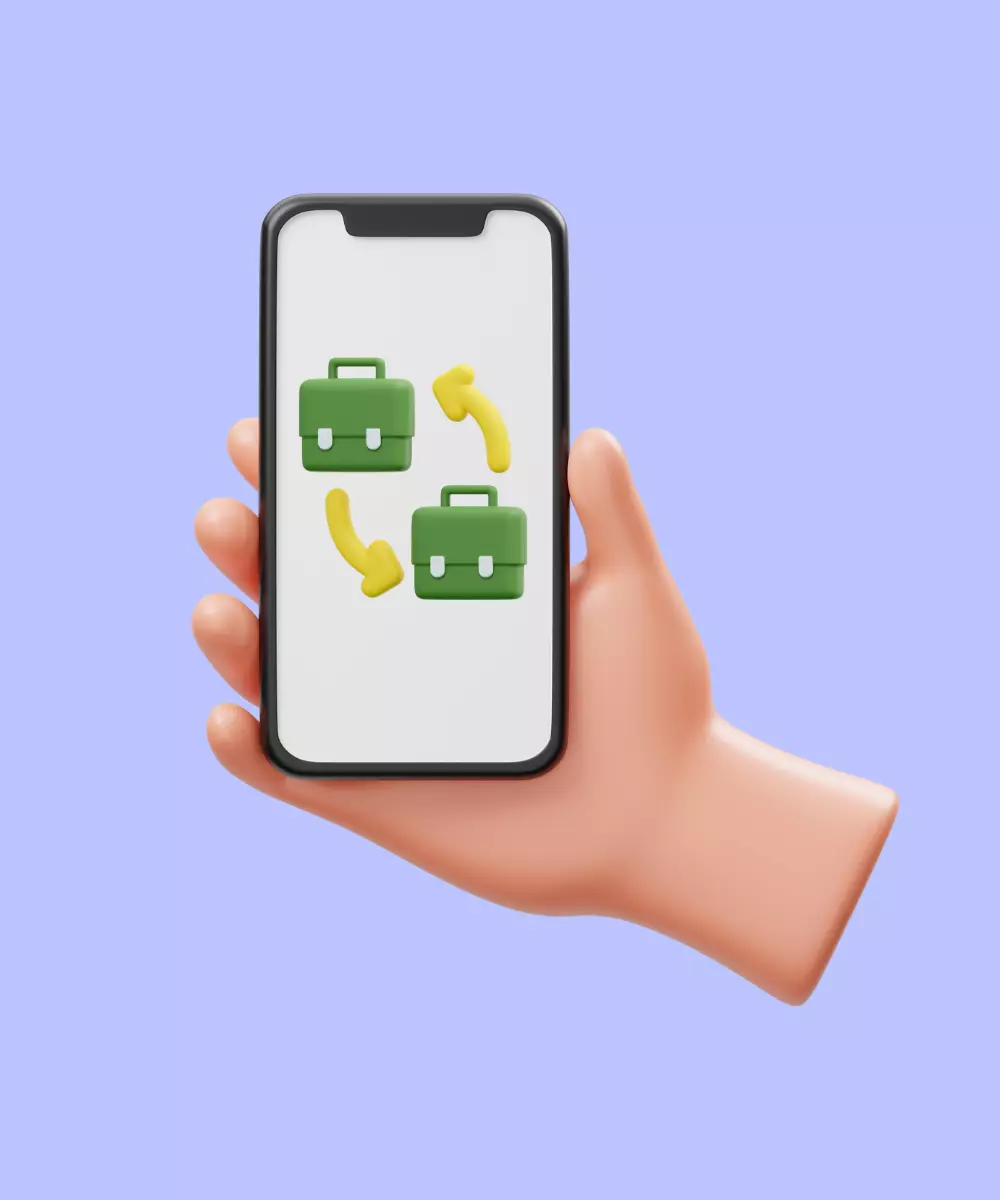
- Examples: Alibaba, Tradewheel.com, and Amazon Business.
- Overview: These platforms connect businesses with suppliers, manufacturers, and wholesalers, facilitating bulk purchases, procurement, and supply chain management.
- Key features: Features focus on business needs, including request for proposal (RFP) tools, bulk order functionalities, and industry-specific search and filter options.
How to Create a Successful Marketplace App
To streamline the process and focus on the core aspects critical to the success of a marketplace app, we can condense the development journey into five major steps. This refined approach ensures clarity and emphasizes the most impactful strategies. Here's how to navigate the process effectively, distilled into five critical steps.
1. Strategic planning and market research
- Deep dive into market needs: Beyond identifying your target market, it’s crucial to understand the nuances of their behavior and preferences. Use surveys, focus groups, and market analysis tools to gather rich insights.
- Competitor analysis tools: Leverage tools like SimilarWeb, App Annie, or Sensor Tower to get detailed analytics on competitor app performance, user engagement, and market trends. This data can help fine-tune your value proposition.
- Business model validation: Test your revenue model assumptions with potential users or through market simulations. This step can prevent costly pivots later by ensuring your chosen model resonates with your target audience and market reality.
2. Designing a user-centric platform

- Iterative design process: Adopt an iterative design process where you prototype, test, and refine based on user feedback. Tools like Figma, Sketch, InVision, or Adobe XD can facilitate rapid prototyping and user testing.
- Accessibility and inclusivity: Design with accessibility in mind to ensure your app is usable by people with a wide range of abilities. This broadens your app's appeal and can be a significant differentiator.
3. Choosing the right technology stack
For your marketplace app, the choice of technology stack is a balance between performance, development speed, and future scalability. Here are streamlined considerations to guide this decision:
- Cross-platform development: Flutter is a standout option for creating a seamless user experience across both iOS and Android from a single codebase. Its efficiency and the ability to maintain a consistent look across platforms make it an excellent choice. However, React Native is also a strong contender, especially if your team is already familiar with JavaScript.
- Backend-as-a-Service (BaaS): Consider using BaaS platforms like Firebase or AWS Amplify to accelerate development. These services provide ready-to-use backend services, allowing you to focus on frontend development and user experience.
- Data analytics integration: Plan for the integration of analytics tools from the start. Understanding user behavior through data is critical for ongoing optimization. Google Analytics for Firebase offers comprehensive app analytics that can guide data-driven decisions.
- Security protocols: Prioritize security from the outset by incorporating encryption, secure API access, and compliance with data protection regulations. This builds trust with your users and protects sensitive information.
4. Development and quality assurance
- Cross-functional teams: Assemble a cross-functional team that includes developers, designers, QA testers, and product managers. This collaborative approach ensures a holistic view of the app development process and can streamline decision-making.
- Automated testing: In addition to manual testing, implement automated testing frameworks to cover various aspects of the app, such as unit tests, integration tests, and UI tests. Automation can significantly enhance the efficiency and coverage of your testing phase.
- Performance optimization: Focus on optimizing app performance early on. This includes minimizing load times, optimizing image sizes, and ensuring smooth animations. High performance is critical for user retention.
5. Launch, marketing, and continuous improvement
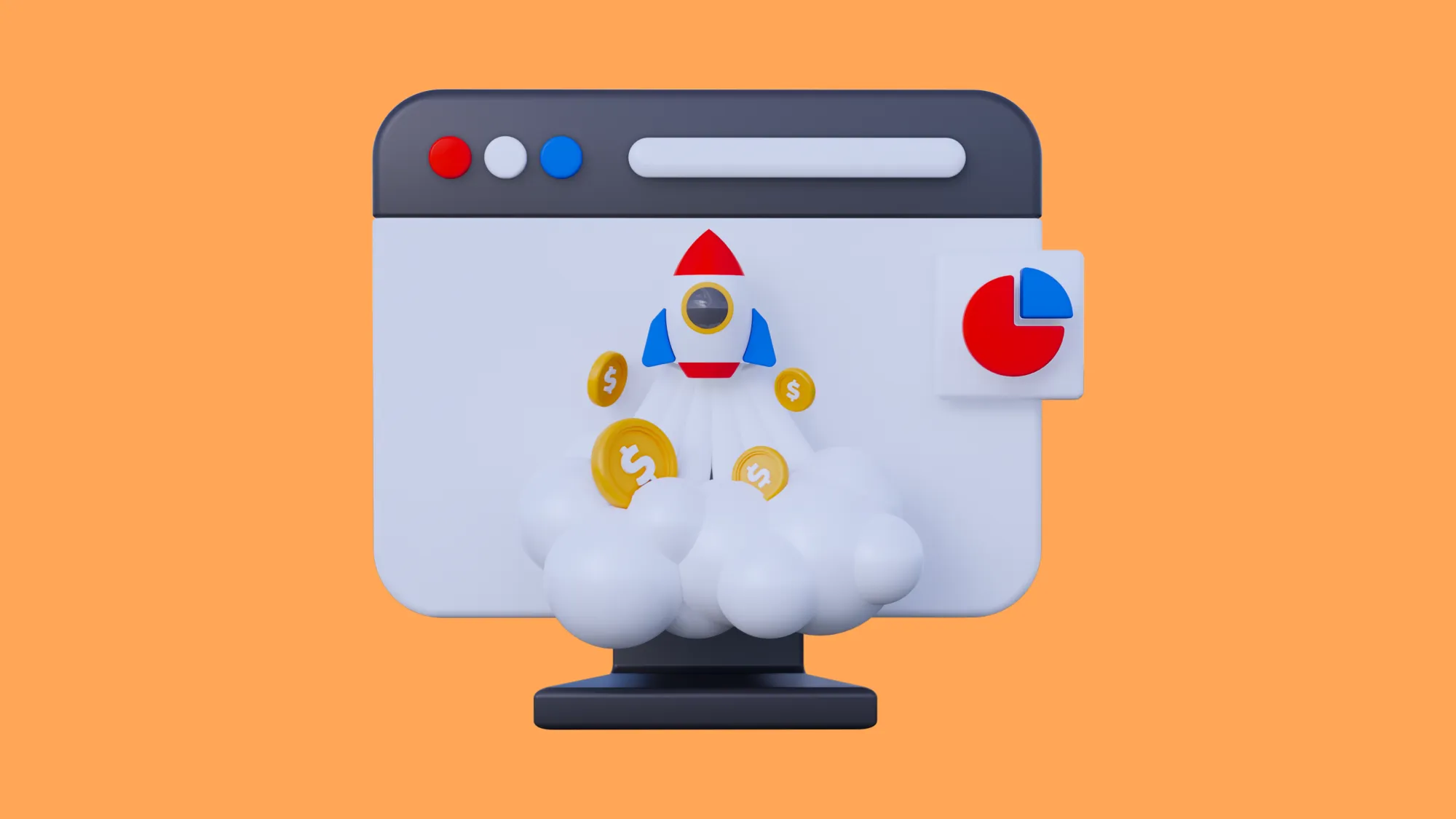
- Pre-launch buzz: Create a pre-launch landing page to collect email addresses of interested users. Use this for early feedback, beta testing invitations, and building anticipation for your app’s release.
- Influencer and community engagement: Engage with influencers and communities within your target market niche. This can provide valuable exposure and credibility upon launch.
- A/B testing for continuous improvement: Implement A/B testing to experiment with different features, designs, and strategies, allowing data-driven decisions to enhance user experience continuously.
- Feedback loop: Establish a robust mechanism for collecting and analyzing user feedback post-launch. Tools like Uservoice or In-app feedback forms can facilitate this process, ensuring that you remain responsive to user needs and market changes.
Cost to Create Marketplace App in 2024

The cost of developing a marketplace app in 2024 varies widely based on the app's complexity, feature set, and the development timeline. Here, we classify marketplace apps into three categories of complexity—basic, moderate, and advanced—to provide a clearer picture of the potential costs and timelines involved.
Basic marketplace app
A basic app includes essential features needed for a marketplace to function. It's ideal for small businesses or startups looking to test their market fit without a heavy initial investment.
- Key features: User registration and profiles, product listings, search functionality, basic messaging system, and simple payment integration.
- Timeline: Development for a basic marketplace app can range from 3 to 6 months, depending on the team's size and experience.
- Cost estimate: The cost to develop a basic app can range from $20,000 to $40,000. This estimate assumes the use of cross-platform technologies like Flutter, which can reduce development time and resources required.
Medium marketplace app
This app complexity level introduces additional features and customizations that enhance user experience and operational efficiency. It suits businesses ready to invest more for growth and user engagement.
- Key features: In addition to basic features, it includes advanced search filters, customer reviews and ratings, a more sophisticated payment system with support for multiple payment methods, and a basic recommendation engine.
- Timeline: A medium complexity app typically requires 6 to 9 months to develop, incorporating time for more detailed planning, design, and testing phases.
- Cost estimate: Development costs for a medium complexity app can range from $50,000 to $100,000. The increase reflects the added features, integrations, and the need for a more skilled development team.
Advanced marketplace app
Advanced apps are feature-rich platforms designed for scalability and high user engagement. They cater to established businesses aiming for market leadership and innovation.
- Key features: Includes all features of moderate apps, plus AI-driven personalization, AR for product visualization, advanced analytics and reporting, multi-language support, and high-level security features like blockchain for secure transactions.
- Timeline: Developing an advanced marketplace app can take 9 to 12 months or more, given the complexity and the need for extensive testing and refinement.
- Cost estimate: The cost for an advanced app can range from $100,000 to $250,000 or higher. The significant investment accounts for cutting-edge technologies, higher developer expertise, and more extensive project management.
Conclusion
The marketplace app sector is ripe with opportunities for businesses willing to innovate and adapt. By understanding the current landscape, leveraging the benefits, and following a strategic development approach, you can create a successful marketplace app that stands the test of time. Remember, the key to success lies in offering value to your users, embracing cutting-edge technology, and continuously evolving to meet market demands.
Now is the time to take the first step towards transforming your marketplace app idea into reality. Whether you're at the conceptual stage or ready to dive into development, partnering with the right team can make all the difference. What the Flutter is here to guide you through every step of the process. Our expertise in creating high-performance, cross-platform apps using Flutter ensures that your marketplace app is not just a participant but a leader in the digital marketplace of 2024. Contact us today to discuss how we can bring your marketplace app to life, driving growth and success for your business in the digital era. Let's create something remarkable together.

